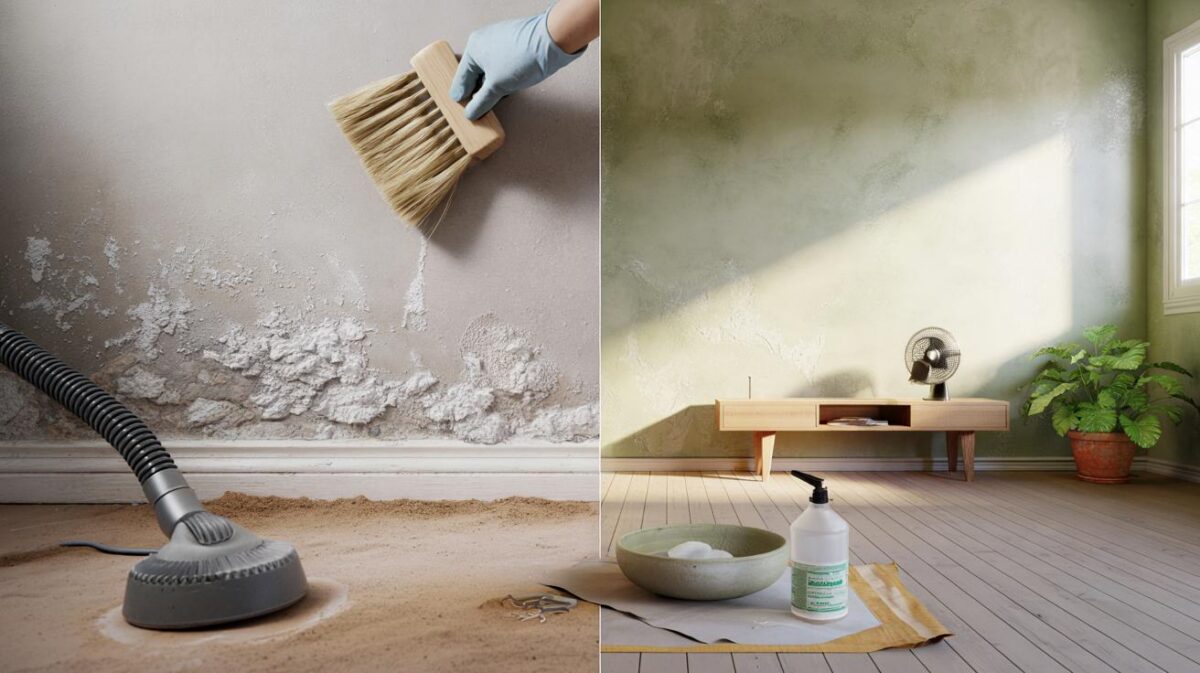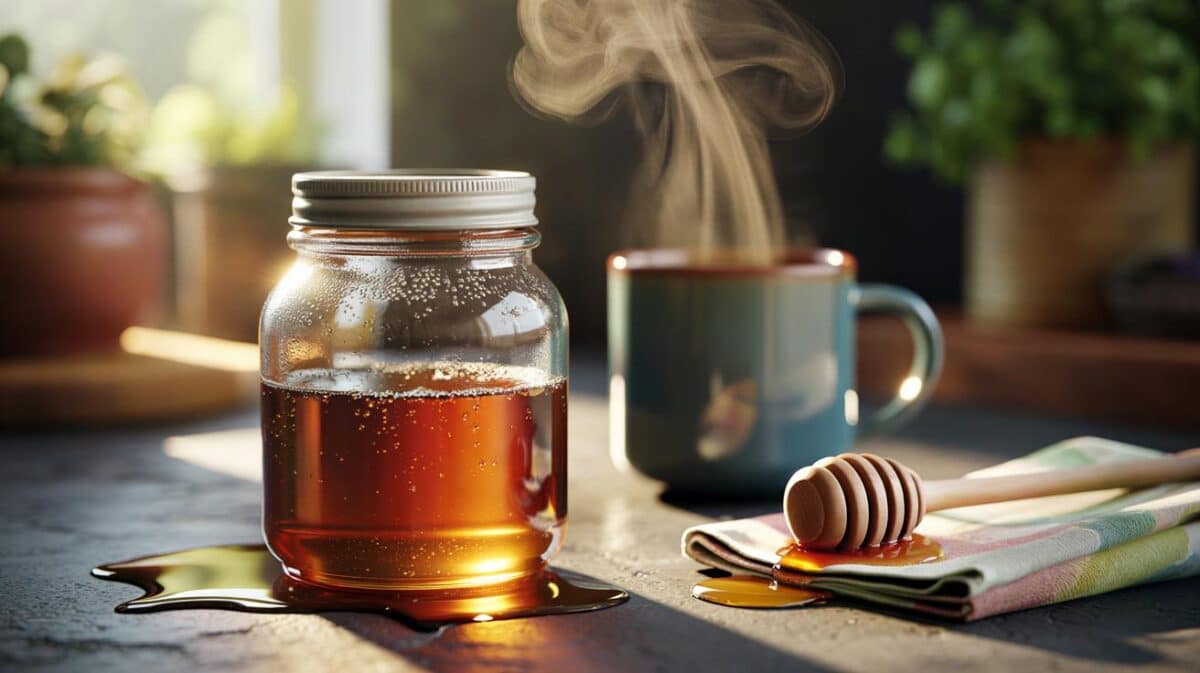They buy a feeling at the kerb, a sense that life will be calmer behind that front door. Trees do that in seconds—and some species can nudge the final offer up by thousands.
There’s a little terrace in Leeds I pass on my school run. One morning, estate agent boards appeared, and a queue of viewers gathered, the usual mix of hopefuls and hawk-eyed cash buyers. What stopped people mid-stride wasn’t the fresh paint or the new door knocker. It was a slim silver birch by the bay window, its chalky bark catching the low sun, a gentle scrim of leaves making the brick glow. A couple lingered, whispering. A neighbour leaned on the fence and said, “That tree made me like this street the first day I saw it.” You could feel the house’s price inch up by the minute. Some trees quietly pay you back.
Trees that lift kerb appeal—and actual prices
The first thing a good tree gives you is a mood shift. You step into dappled shade, hear a soft sift of leaves, and your shoulders drop. We’ve all had that moment when a green canopy makes a street feel safe, loved, and worth it. The right tree, in the right place, can add thousands.
Ask estate agents about premiums and the same refrain pops up: tree-lined streets get more clicks, more viewings, and often firmer offers. I’ve seen offers jump on homes with graceful front-garden trees like Japanese maples (Acer palmatum), amelanchiers, or a neat magnolia that stages a spring show. Surveys in the UK and abroad have suggested increases of 3–15% in perceived value where mature, well-kept trees are part of the picture. Buyers don’t run the maths in the driveway. They just feel something—and pay for it.
Why does a tree move numbers as well as hearts? It frames the building, adds privacy without shouting, and softens hard edges of brick, tarmac and fence. It can cool a south-facing façade, save a little on summer energy bills, and filter the roadside dust your lungs don’t want. Choose well-sized, low-risk species—silver birch, amelanchier, paperbark maple (Acer griseum), ornamental cherries, rowan, and evergreen structure like yew or holly—and you get year-round interest without battles with roots or gutters. Mature, well-sited trees signal care—and buyers pay for care.
Plant like a pro: small steps that add big value
Start with space and sunlight, then pick the right tool for the job. For small front gardens, think airy canopies and modest roots: amelanchier, Japanese maple, or a multi-stem birch. Dig a hole two to three times wider than the rootball, no deeper, and find the root flare—the point the trunk meets the roots—and keep it at soil level. Backfill with the soil you dug, water slowly, and add a doughnut of mulch, not a volcano.
Stake low and loose for just the first year or two, then let the tree build muscle. Water deeply in the first two summers, once a week in dry spells, rather than a daily sprinkle. Let’s be honest: nobody does that every day. Plant bare-root from November to March for the best root kickstart, or container-grown at other times. Small now beats huge later; a 2–3 metre tree establishes faster and looks happier by year three.
Avoid the heartbreak specials: planting too deep, picking a giant for a tiny plot, or parking a thirsty tree right over a drain. Keep at least three to five metres from foundations for medium trees, and more for vigorous species. Prune lightly in late winter to shape, never to punish.
“Plant for light, privacy and a hint of story, and buyers will do the rest.”
- Small space stars: Amelanchier, Japanese maple, paperbark maple, Tibetan cherry (Prunus serrula)
- Front-garden privacy: Portuguese laurel (trained as a small tree), holly, bay
- Seasonal theatre: Magnolia soulangeana, ornamental cherry, crab apple
- Wildlife pullers: Rowan (Sorbus aucuparia), hawthorn, field maple
- Tough urban picks: Hornbeam, ginkgo, disease-resistant elm cultivars
The quiet compounding of a tree
A good tree pays you back in layers. Today, it’s shade and a softer street. Next year, blossom that stalls passers-by. In five years, a frame for your home in every listing photo, and a faint hum of bees that makes the patio feel owned by summer. Buyers recognise that care took time. A tree says the house is tended, the neighbours are settled, the rhythm of the place is gentle. Plant now and you’re not just hedging against hot summers or peaky energy bills. You’re building a story that makes your home easy to love—and easier to value. Plant high, water deep, mulch wide. The rest is patience, and a little seasonal pleasure.
| Point clé | Détail | Intérêt pour le lecteur |
|---|---|---|
| Pick small-to-medium, well-behaved species | Amelanchier, Japanese maple, silver birch, paperbark maple, rowan | Fast impact, low risk near drives, paths and services |
| Planting technique matters | Root flare at soil level, wide hole, mulch ring, low staking, deep watering | Healthier trees, fewer failures, better long-term value |
| Distance and placement | 3–5 m from foundations for medium trees; avoid drains; frame doors/windows | Protects structure, maximises kerb appeal and light |
FAQ :
- Which trees add the most value in small UK gardens?Amelanchier, Japanese maple, silver birch (multi-stem), crab apple and Tibetan cherry give seasonal interest without overpowering the plot.
- How far should I plant from my house and pipes?Give medium trees 3–5 metres from foundations and keep thirsty species away from drains. Check for utilities before you dig.
- How long until a new tree helps my home’s value?You’ll feel the kerb appeal in year one. Real price lift often shows from year three to five as the canopy fills out.
- Do buyers prefer evergreen or deciduous trees?Both work. Evergreens give privacy year-round; deciduous trees bring light in winter and drama in spring and autumn.
- What about maintenance and costs?Choose the right size and you’ll spend little: seasonal mulch, a few formative cuts, and watering in summer year one and two.










Loved the practical tips—never knew about keeping the root flare at soil level. Any suggestions for clay-heavy soil in a tiny front garden?
Any sources to back up the claimed 3–15% uplift? Feels a bit salesy tbh. I’m not against trees, just sceptical—would love real data, not estate-agent anecdotes.